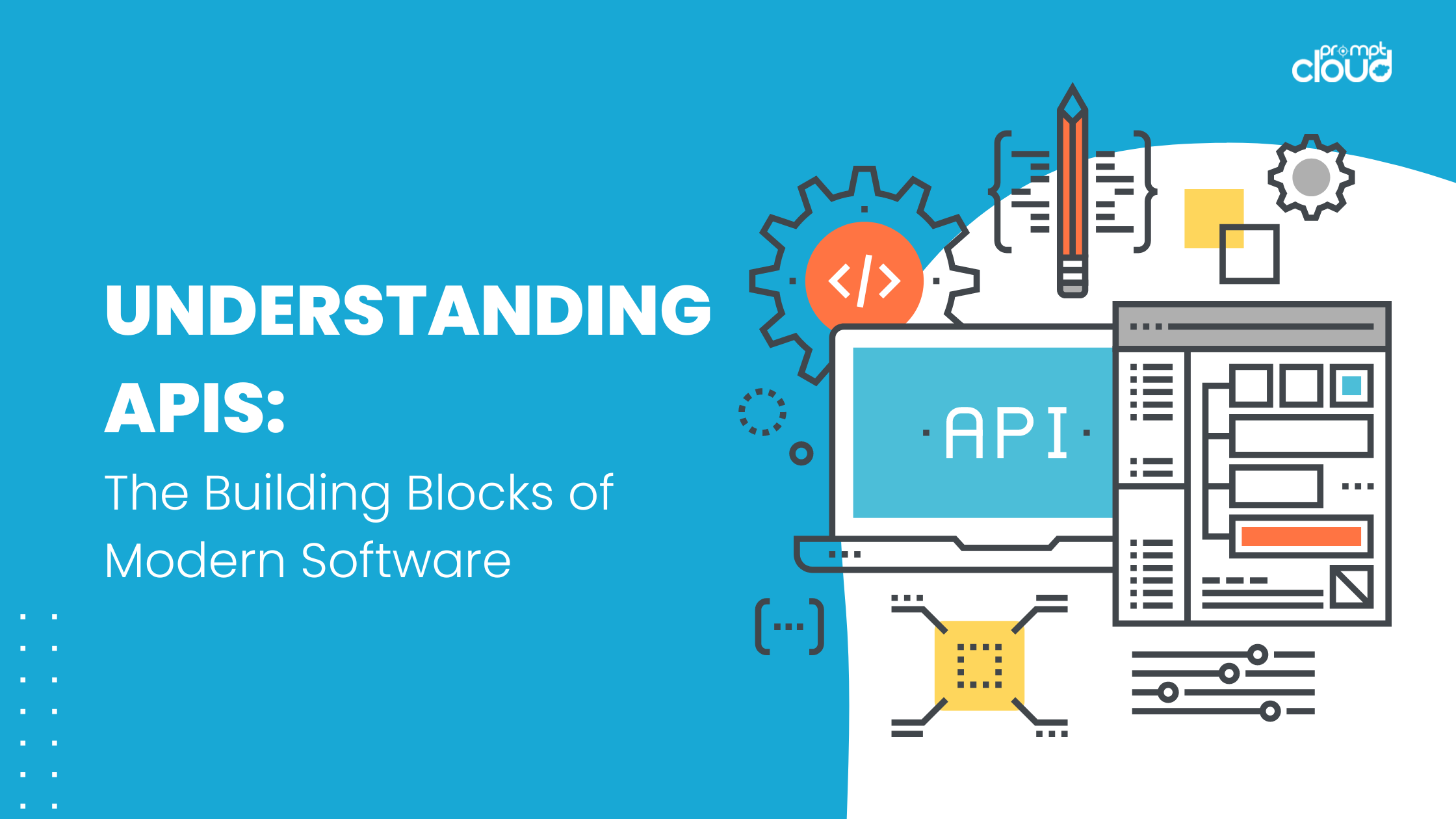
The choice between a monolithic or microservices architecture is one of the most crucial early decisions to make when developing new business software. The way you approach, this will have long-term consequences regarding scalability, ease of maintenance and deployment flexibility.
In this comprehensive guide, we’ll talk about the difference between monolithic and microservices, including the pros and cons of each approach, and offer recommendations about what to consider when choosing between monolith vs microservices.
Overview of Monolithic and Microservices Architectures

Let’s start with a quick overview of what we mean by monolithic and microservices architectures:
Monolithic Architecture
- Single, unified application codebase
- All functions/modules grouped in one codebase
- Shared databases across modules
- Scaled by cloning the entire application
Microservices Architecture
- Application split into independent modules by function
- Modules communicate via APIs
- Each module has its database
- Modules can be deployed independently
In summary, monolithic architecture vs microservices architecture boils down to monolithic apps placing everything into one codebase, while microservices break down an application into distributed, loosely coupled modules.
If you are still hesitating to make a choice, professional software architecture consulting services will help you find the right solution for your needs.
Key Differences Between the Architectures
Now, let’s explore some of the major differences between the two approaches:
Separation of Concerns
With monolithic apps, lots of functions in one codebase, and microservices already split things up into single services. The separation of concerns allows different teams to work on different things and allows for granular scaling.
For example, suppose we have an ecommerce site where services for the product catalog, user authentication, payment processing, etc., are all independent. Scaling the catalog doesn’t require scaling everything else.
Technology Heterogeneity
A single technology stack is used throughout the entire architecture in monolithic applications. With microservices, the team can select whatever language or framework makes the most sense for each module.
For instance, the catalog could be written in Node.js and MongoDB, while the authentication service is written in Java and MySQL. This flexibility is a major advantage in monolithic vs microservices decisions but comes with maintenance overhead.
Ease of Deployment
If you have a monolithic app, any small change requires redeploying the whole app. With microservices, you’re able to deploy modules without affecting the rest of the system.
This advantage makes deployment cycles faster in microservices vs monolith comparisons.
Resilience
Issues with one module/service in a microservices architecture won’t necessarily bring down other services or the entire system. At the same time, bugs or crashes with one part of a monolith can easily impact other modules. The pros and cons of monolithic vs microservices should weigh heavily on fault tolerance and resilience.
Pros of Using a Monolithic Architecture
Now that we’ve compared the core differences in approach, let’s examine the major advantages of monolithic architecture:
Simplified Development
Monolithic apps bring all the logic and shared resources in one place and avoid the complexity of coordination and testing needed in microservices. Changes don’t have to worry much about the other modules.
A single unified data model allows easy joins across data domains. Microservices require carefully managing many distributed data models and their interactions.
Performance
Modules are grouped locally and avoid network calls, which makes monolithic architectures perform better on requests with many functions.
Easier Testing
Local method calls let you create end-to-end tests covering several user roles. Integration testing across network connections is needed to test across microservices.
In summary, the pros and cons of monolithic vs. microservices highlight how monolithic approaches are faster to develop and deploy for simple or moderate-scale apps.
Pros of Using Microservices Architecture
The benefits of microservices manifest vividly for large, complex applications needing elastic scalability. Let’s explore why one might choose microservices vs monolithic:
Independent Scaling
You can scale specific services instead of the entire app. This is a key advantage in monolithic architecture vs microservices comparisons.
Faster Release Cycles
Independent deployment of different modules is made possible by microservices and continuous delivery. Specific functions can be pushed with rapid changes without interfering with other workstreams.
Technology Flexibility
Each service can adapt whichever language or framework makes the most sense for its specific capability versus forcing the same tech choices across all functions.
Resilience
Bugs or crashes are isolated instead of impacting the entire monolith. As long as services handle errors properly, problems with one service won’t necessarily cascade.
Aligns to Business Domains
Organizing development teams, codebases, and data models around business domains improves focus. Shared customer data gets replicated across services.
So, in summary, monolith vs microservices pros and cons provide immense strategic benefits around scale, speed, and alignment for complex applications – at the cost of added coordination overhead vs monoliths.
Key Factors to Consider for Your Business Application
We’ve covered many conceptual differences between the two approaches, but which architecture should you actually choose for your particular business application?
Here are some of the most important factors to consider:
- Application Complexity. Monolithic architectures may work fine for building a relatively simple software application. However, microservices may be worth it for tackling a complex workflow across multiple functional domains.
- Rate of Change. If your application requires rapidly evolving individual modules on their release cycles, microservices empower this flexibility.
- Traffic Volume + Growth. Microservices are a must if hypergrowth and super high volume traffic are expected to scale independently.
- Team Size + Alignment. Monoliths work well for smaller co-located teams. Larger teams benefit from microservices aligning teams/code to functional domains.
- Need for Heterogeneous Tech. Microservices offer more flexibility because if different modules have drastically different tech requirements, then microservices can better handle that.
On both sides of monolithic vs microservices pros and cons, there are good arguments. Have a look at the above factors with reference to your particular business context and objectives for the application you are developing.
Your current and future expectations around complexity, change rate, team size, and scale all have a lot to do with “best.”
Recommendations for Selecting an Approach
Taking into account all the differences and decision drivers we’ve discussed, here is some guidance on when to default to each architecture:
Default to Monolithic For:
- A relatively simple application
- Small co-located development team
- No expected “hypergrowth” trajectory
- App requires high performance + low latency
- Rapid development is critical
Default to Microservices For:
- Highly complex application logic
- App spans multiple functional domains
- Large/distributed development team
- Expectation of tremendous scale
- Need for heterogeneous technologies
- Frequent production releases
When it comes to many business applications, you can begin with a monolithic approach and then evolve towards microservices as the app grows more complex and more massive. The trick is to avoid painting yourself into a corner where if you need to later, it’s hard to break down the monolith.
Conclusion
The decision between monolithic vs microservices architecture is a careful tradeoff between complexity, change rate, team alignment and scale expectation. Don’t let yourself prematurely overarchitect a simple application, but also think about it’s future.
Review your particular company environment and application goals. A simpler app with quick development and a tight team would find an ideal fit in a monolithic architecture. Microservices are important for strategic reasons for complex, at-scale applications with distributed teams.
As your monolith starts to slow release velocity or hinder optimal scaling, look for indicators. That probably means it’s time to start moving towards microservices. These recommended practices will help you create applications that are fit for long-term agility and expansion and enable cautious planning.















